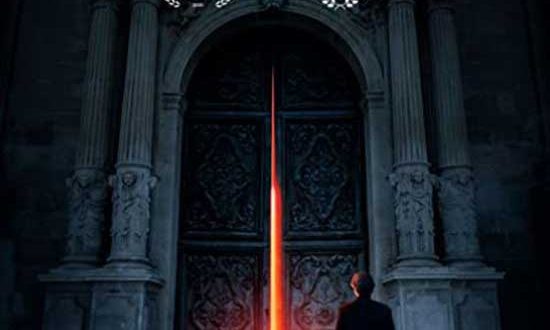#New image from NASA reveals the most distant star ever detected

Table of Contents
“New image from NASA reveals the most distant star ever detected”
NASA revealed the most distant star ever observed in a new image that may help scientists better understand our universe.
On Wednesday, the US space agency shared a photo of a star dubbed WHL0137-LS – the image is proof of the farthest detection of a star yet.
Scientists have nicknamed the star “Earendel”, which means “morning star” or “rising light” in old English.
The star was captured by NASA’s Hubble telescope, which launched in 1990.
Located 28 billion light-years away, the star is situated within just 900 million years of the Big Bang, according to a new paper in the journal Nature.
The study also suggests that Earendel could be between 50 to 500 times more massive than our sun, and millions of times more luminescent.
Despite its brightness, a full 12.8 billion years has passed before the star’s light reached the Hubble Space Telescope.
What’s more: Earendel is 8.2 billion years older than the Sun and Earth.
“When the light that we see from Earendel was emitted, the Universe was less than a billion years old; only 6% of its current age,” said study co-author Victoria Strait, a postdoctoral researcher at the Cosmic Dawn Center in Copenhagen.
“At that time it was 4 billion lightyears away from the proto-Milky Way, but during the almost 13 billion years it took the light to reach us, the Universe has expanded so that it is now a staggering 28 billion lightyears away.”
This observation of Earendel was made possible due to “gravitational lensing”.
The technical term was coined by Albert Einstein and describes when closer objects act as a magnifying glass for distant objects.
“Gravity essentially warps and magnifies the light of distant background galaxies,” CNN explained in a report.
“Normally at these distances, entire galaxies look like small smudges, with the light from millions of stars blending together,” said lead author Brian Welch, an astronomer at the Johns Hopkins University in Baltimore, in a statement.
“The galaxy hosting this star has been magnified and distorted by gravitational lensing into a long crescent that we named the Sunrise Arc.”

To confirm their findings, the team will use NASA’s recently launched James Webb Space Telescope to observe Earendel.
“With James Webb, we will be able to confirm that Earendel is indeed just one star, and at the same time quantify which type of star it is,” said study co-author Sune Toft, leader of the Cosmic Dawn Center and professor at the Niels Bohr Institute in Copenhagen.
“Webb will even allow us to measure its chemical composition. Potentially, Earendel could be the first known example of the Universe’s earliest generation of stars.”
Experts say this discovery may shed light on the origins of the universe.
“As we peer into the cosmos, we also look back in time, so these extreme high-resolution observations allow us to understand the building blocks of some of the very first galaxies,” Strait said.
Earendel distance from Earth beats out the previous record-holder, a star nicknamed Icarus.
That star was observed as it appeared 9.4 billion years ago, which is 3.4 billion years more recent than the new record-holder.
This article originally appeared on The Sun and was reproduced here with permission.
If you liked the article, do not forget to share it with your friends. Follow us on Google News too, click on the star and choose us from your favorites.
For forums sites go to Forum.BuradaBiliyorum.Com
If you want to read more News articles, you can visit our News category.

![#Trump’s legal worries extend far beyond charges in New York [Video]](https://s.yimg.com/ny/api/res/1.2/odh4t40FlW9HZczpwVyRgg--/YXBwaWQ9aGlnaGxhbmRlcjt3PTEyMDA7aD04MDA-/https://media.zenfs.com/en/ap.org/6c09535de5f39c34e5ae1728b61a7300)


